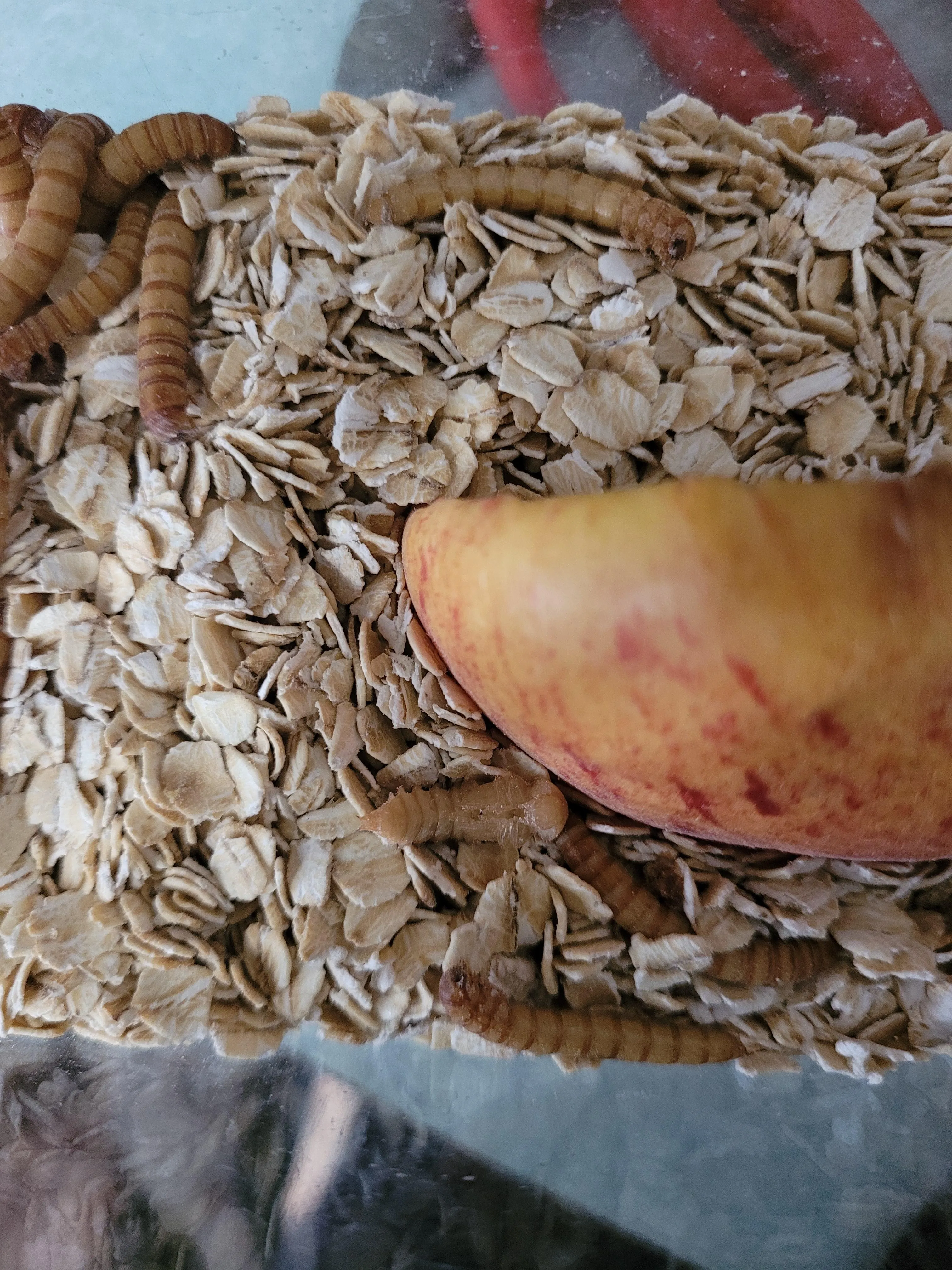Understanding Post-Rehousing Stress in Tarantulas
Rehousing a tarantula, while essential for its well-being, can be a stressful experience. The move disrupts their established environment and can cause them to exhibit stress. Understanding these stressors is crucial for providing proper care and ensuring a smooth transition. Recognizing the signs of stress and knowing the common causes allows keepers to create a more comfortable and secure habitat, making it easier for your tarantula to settle in and resume normal behaviors like feeding. This knowledge is the foundation of successful tarantula care.
Signs of Stress
Several behavioral changes can indicate stress in a newly rehoused tarantula. These include the tarantula staying in a defensive posture, such as raising its front legs or fangs, or actively trying to escape the enclosure. The tarantula might also become reclusive, hiding more often, or exhibiting erratic movements. Furthermore, refusal to eat is a common sign of stress. Closely observing your tarantula’s behavior after rehousing is important to recognize these signs early on.
Why Rehousing Can Be Stressful
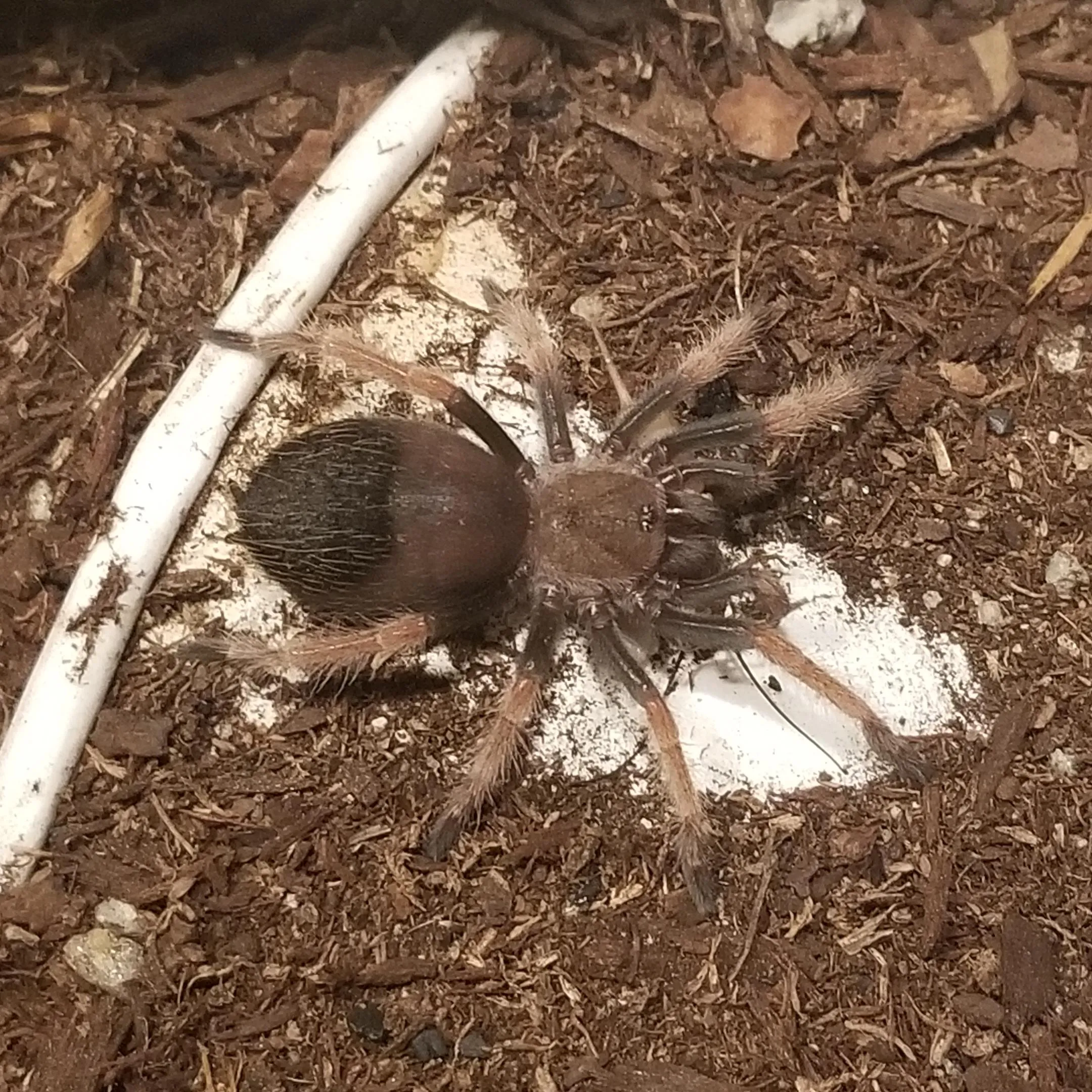
Rehousing itself is a disruptive process. The change of environment, unfamiliar surroundings, and the physical handling involved can all contribute to stress. Tarantulas are sensitive to changes in their environment, and the new enclosure might lack the familiar scents, textures, and hiding places of their previous home. The experience can be particularly stressful if the rehousing process is rushed or handled roughly. It is important to take a slow, careful approach when moving your tarantula.
Optimal Timing for First Feeding
Knowing when to offer the first meal after rehousing is important for your tarantula’s well-being. Offering food too soon can add unnecessary stress if the tarantula is not ready to eat, potentially leading to refusal and further anxiety. The general recommendation is to allow the tarantula to settle into its new home for a period before offering food. Patience is important. Do not rush this phase, as the tarantula needs time to acclimate.
Waiting Period
A waiting period of a few days to a week is often recommended before attempting to feed a newly rehoused tarantula. This gives the tarantula time to acclimate to its new surroundings, establish a burrow or hiding place, and reduce stress levels. During this period, focus on providing a stable environment with appropriate temperature, humidity, and access to fresh water. Avoid any unnecessary disturbances, such as frequent enclosure checks.
Factors Influencing Feeding Time
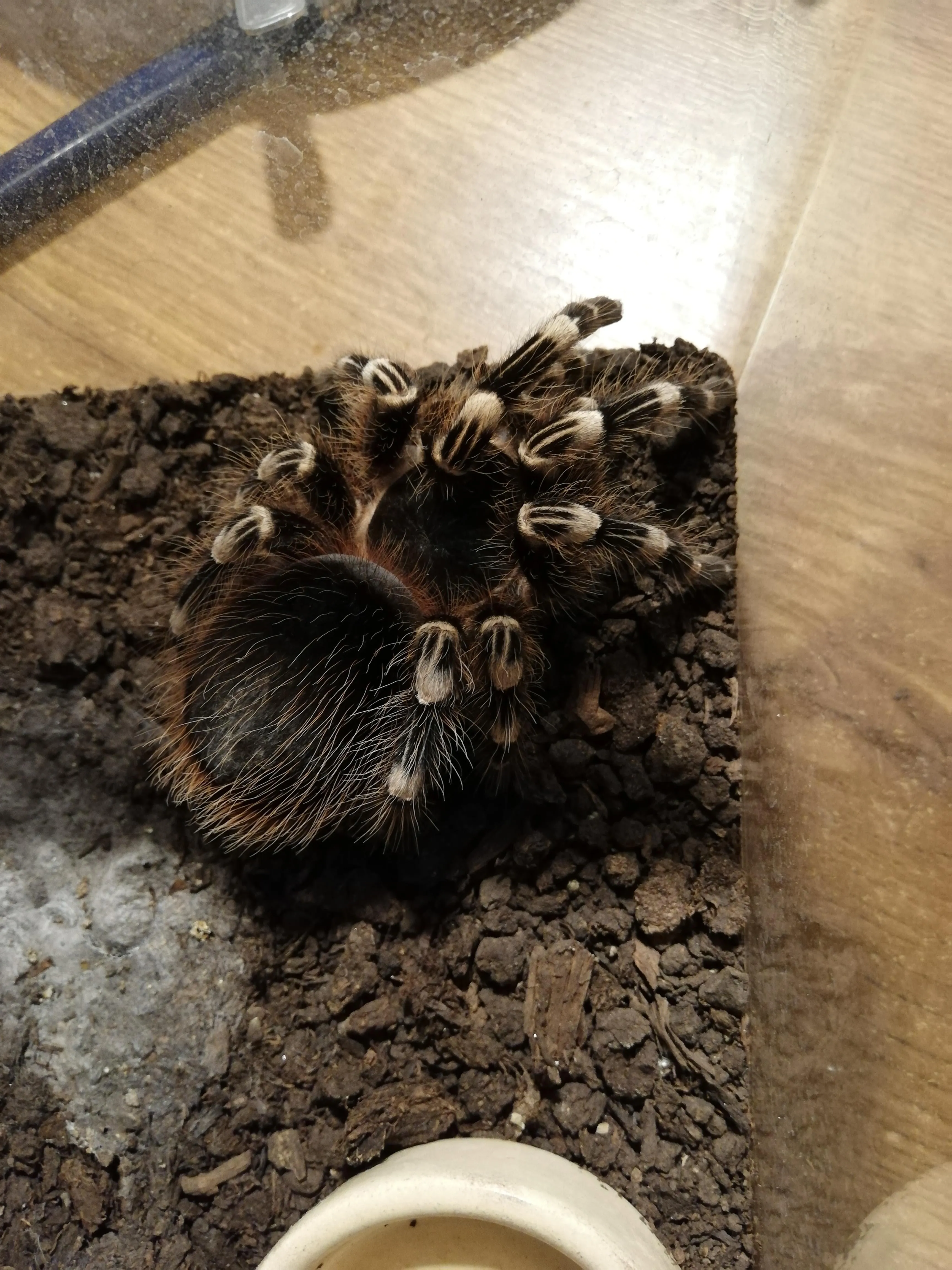
Several factors can influence the ideal time to feed. The tarantula’s species, age, and pre-rehousing feeding habits all play a role. A young, fast-growing tarantula might need to start feeding sooner than an older, slower-metabolizing one. Observe the tarantula’s behavior and look for signs of readiness, such as increased activity, exploration of the enclosure, and a willingness to leave its hiding place. It’s always better to wait a bit longer and allow the tarantula to become comfortable.
Choosing the Right Prey
Selecting the correct prey is another important aspect of feeding your tarantula after rehousing. The size and nutritional value of the prey can affect the tarantula’s health and how readily it accepts the food. Offering appropriate prey ensures your tarantula gets the nutrients it needs and minimizes stress during the feeding process.
Prey Size Considerations
The size of the prey should be appropriate for the tarantula’s size. A general rule is to offer prey that is no larger than the tarantula’s abdomen. Oversized prey can stress the tarantula. For spiderlings, smaller prey items like pinhead crickets or fruit flies are ideal. As the tarantula grows, you can gradually increase the size of the prey to match its needs. Always provide prey that your tarantula can handle without difficulty.
Prey Nutritional Value
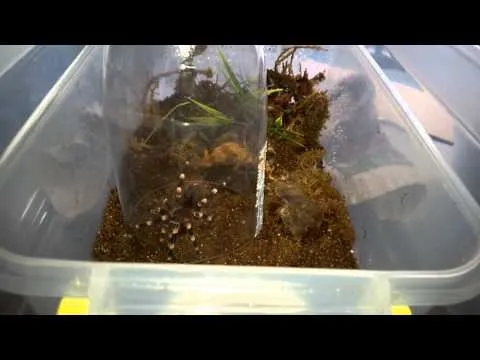
The nutritional value of the prey is equally important. Crickets, mealworms, and roaches are common choices. These offer a balanced diet of protein, fats, and other essential nutrients. It’s advisable to gut-load the prey before offering it to the tarantula. This means feeding the prey nutritious food, which they will then pass on to your tarantula. Gut-loading improves the overall health and well-being of your pet by ensuring it receives a balanced diet.
Introducing Prey to the Enclosure
The method of introducing prey into the enclosure also affects the feeding success. A calm and controlled approach is key to minimizing stress. Avoid sudden movements or noises that might frighten the tarantula, and be patient. Some tarantulas will readily hunt, while others might take a few attempts before accepting the food.
Placement Techniques
Place the prey item in a location where the tarantula is likely to find it. If your tarantula is hiding, it is best to place the prey near its hiding spot, so it can find it easily. Some keepers use tongs to offer the prey, which allows for precise placement and minimizes contact. However, avoid direct contact with the tarantula, as this can be stressful. The goal is to offer the food without disturbing the tarantula excessively.
Observation and Monitoring
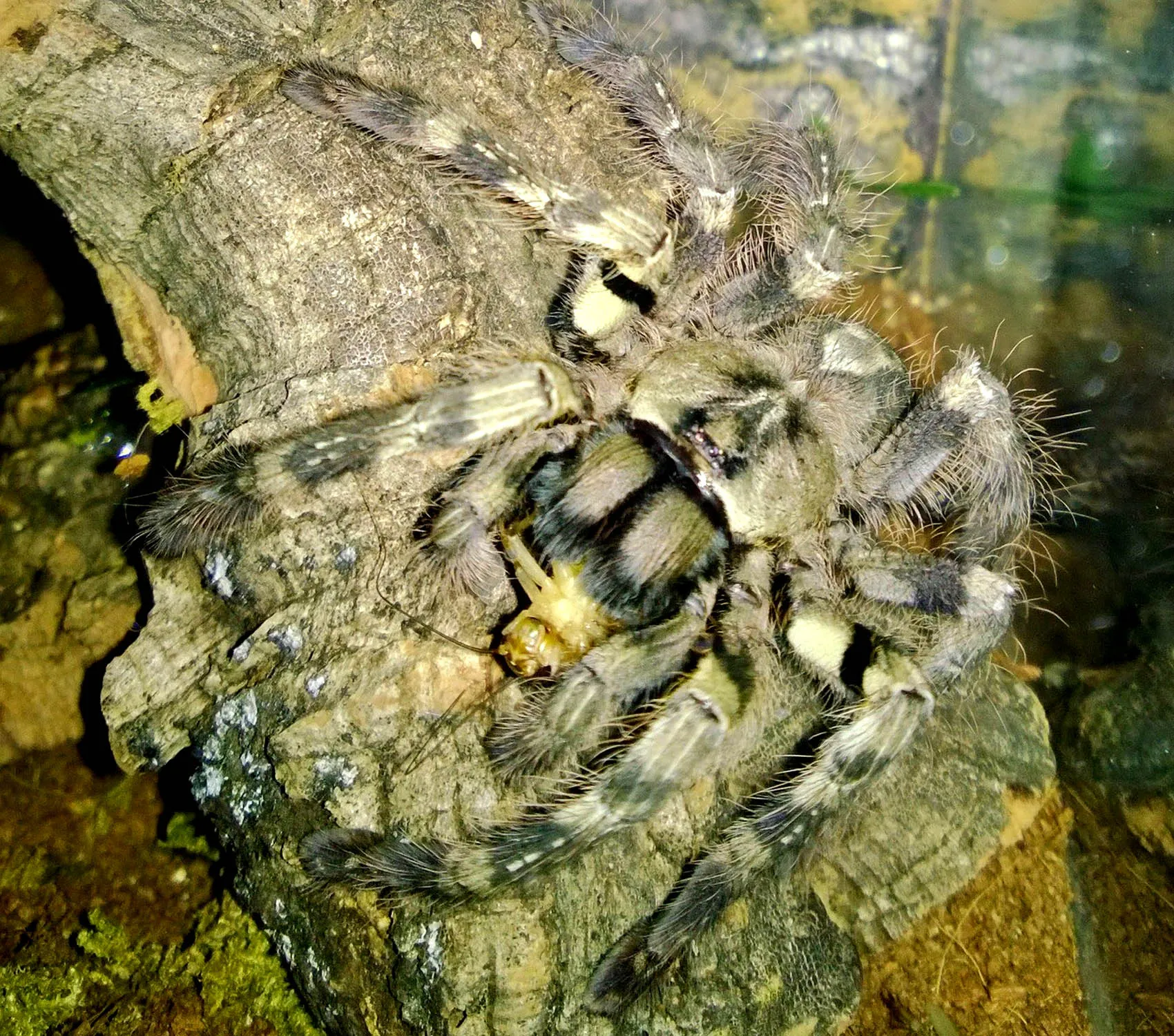
After introducing the prey, observe your tarantula’s response. Does it show interest in the prey? Does it approach and attack? Or does it ignore the prey? Observe the tarantula for a few hours, and if it doesn’t show interest, remove the prey. Leaving the prey in the enclosure for too long can stress the tarantula, particularly if the prey is large or aggressive. Monitoring allows you to assess your tarantula’s feeding behavior.
Adjusting the Feeding Schedule
Feeding schedules should be adjusted based on the tarantula’s species, age, and individual needs. There is no one-size-fits-all approach, so it’s essential to tailor your feeding regimen to your pet’s specific requirements. Consider the tarantula’s growth rate, activity levels, and molting cycles when determining how often to feed and how much prey to offer.
Frequency Based on Species
The feeding frequency varies significantly based on the tarantula species. Fast-growing species, such as some terrestrial species, might require feeding once or twice a week, while slower-growing species might only need food every few weeks. Research the specific feeding habits of your species. For example, a small or juvenile tarantula requires more frequent feeding, compared to an adult.
Responding to Refusal
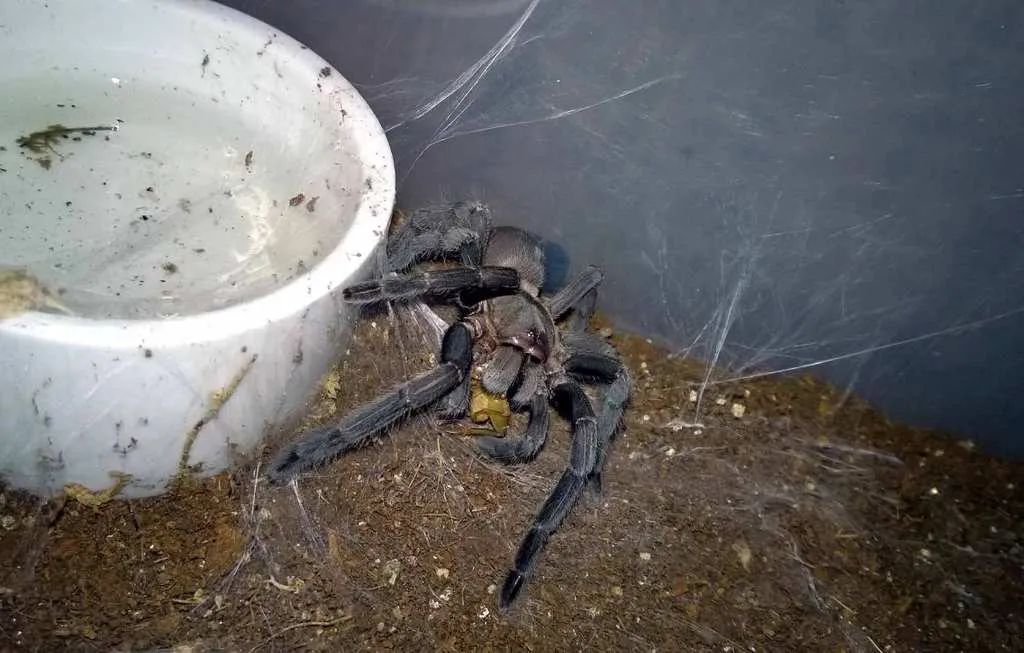
If your tarantula refuses to eat, don’t panic. Remove the uneaten prey after 24 hours to prevent it from stressing your tarantula further. Wait a few days and try again. If the refusal continues, assess the environmental conditions, and look for signs of stress or impending molt. Tarantulas often refuse food before they molt. Make sure the environment is appropriate, and the tarantula is comfortable.
Maintaining a Healthy Environment
A healthy environment is vital for tarantula well-being. Maintaining the correct temperature, humidity, and providing fresh water will encourage the tarantula to eat and thrive. These factors contribute to the tarantula’s overall health. Make sure the enclosure is well-suited to the species, and you will improve your chances of successful feedings.
Temperature and Humidity
Temperature and humidity are critical aspects of tarantula care. Research the specific requirements of your species and maintain the appropriate levels. Use a thermometer and hygrometer to monitor the conditions inside the enclosure. Incorrect temperatures or humidity levels can cause stress, and lead to refusal. Provide a heat source (if needed) and adjust the ventilation and substrate to regulate humidity.
Providing Water
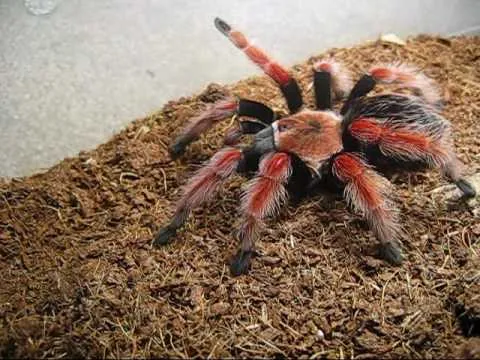
Always provide a clean, shallow water dish filled with fresh water. Tarantulas need access to water at all times, especially after rehousing. Check the water dish regularly, and refill it as needed. A water dish ensures the tarantula stays hydrated, promoting health. You can also mist the enclosure lightly to maintain humidity levels, but don’t overdo it.
Troubleshooting Common Feeding Issues
Sometimes, tarantulas might refuse to eat after rehousing. Identifying the underlying cause is important for resolving the issue. There are several possible reasons, including stress, poor environmental conditions, or health problems. By addressing these problems, you can increase the chances of getting your tarantula to eat.
Why Your Tarantula Might Not Eat
Several factors can cause a tarantula to stop eating. Stress is a primary factor. Other causes include impending molting, improper environmental conditions, illness, or parasites. Check for any obvious signs of illness, such as lethargy or unusual behaviors. If you are concerned about your tarantula’s health, consult an experienced tarantula keeper or a veterinarian familiar with arachnids.
Addressing Mites and Pests
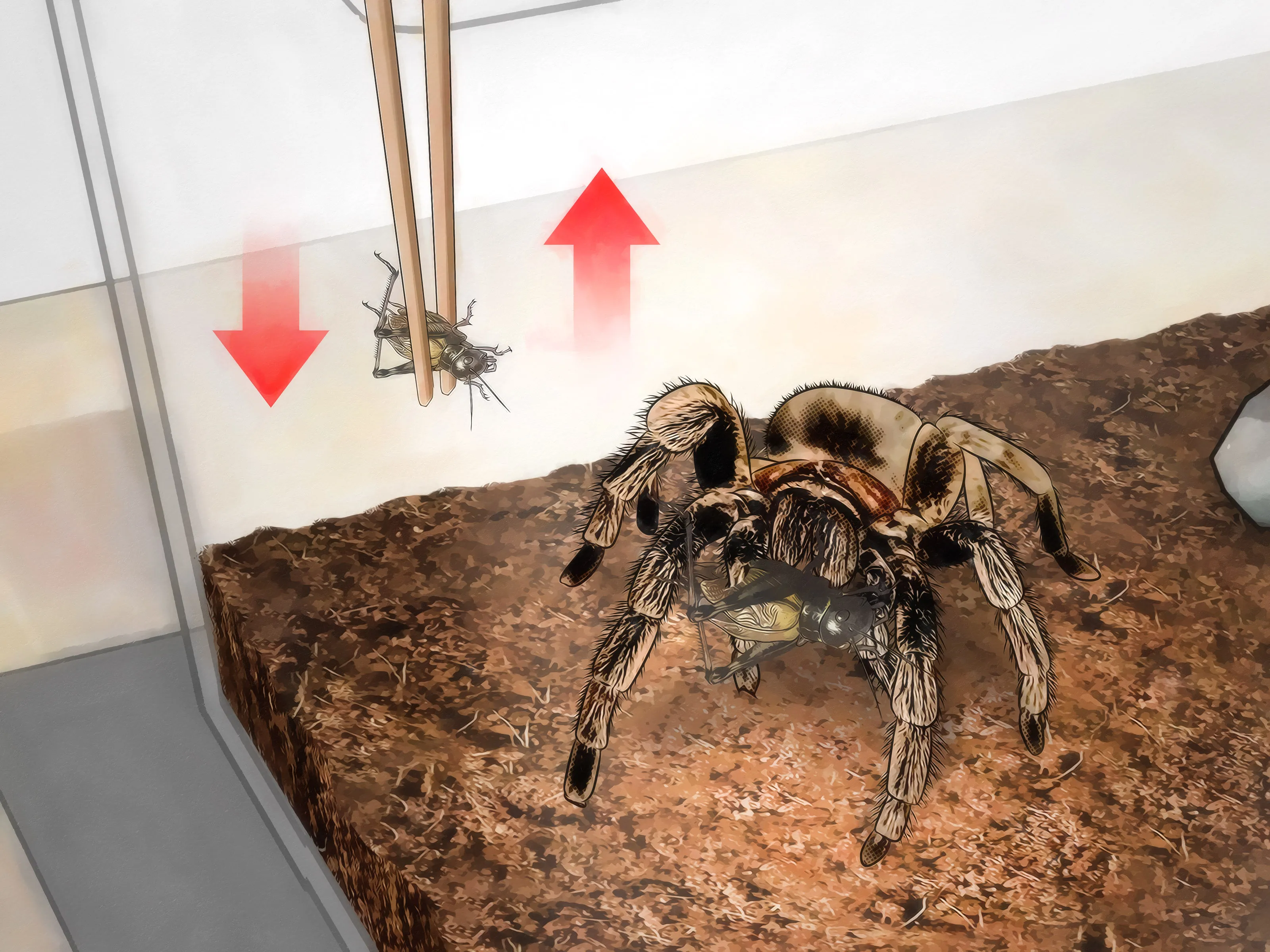
Tarantulas can sometimes be affected by mites or other pests. These pests can irritate the tarantula and might also affect its appetite. Inspect your tarantula regularly for signs of infestation, such as small, moving specks on the body or in the enclosure. If you spot mites, take immediate action to address the problem. Isolate the affected tarantula and clean the enclosure thoroughly. Use appropriate treatments to eliminate the pests.
Conclusion
Feeding a tarantula after rehousing requires patience, observation, and a good understanding of the tarantula’s needs. By understanding stress, offering the right prey, creating a healthy environment, and troubleshooting common issues, you can ensure your tarantula settles into its new home and thrives. Always remember to research the specific requirements of your species and adapt your care routine as needed. With consistent care and attention to detail, you can enjoy the rewarding experience of keeping these fascinating creatures.
